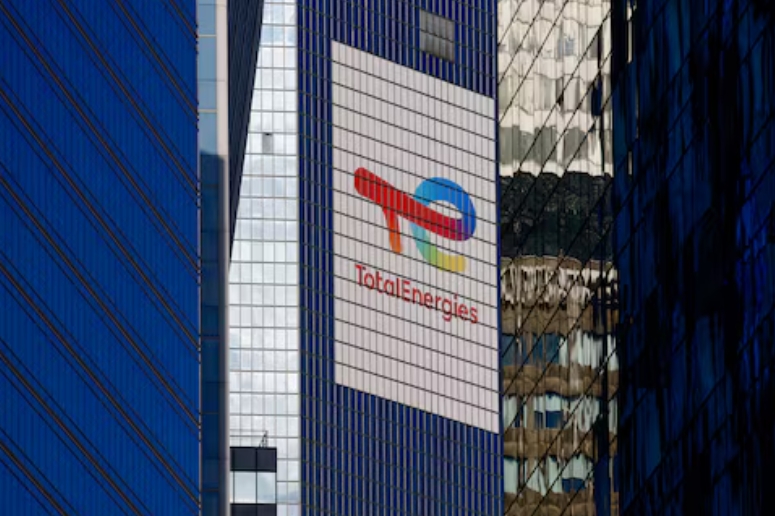
Previously its target of 0.1% methane intensity — which expresses the amount of methane emitted as a percentage of oil or gas produced — applied only to upstream natural gas projects. The report did not calculate the company's methane intensity ratios for 2023.
Methane is the second-biggest cause of climate change after carbon dioxide (CO2) and in the short term has a far higher warming effect, despite having a much shorter lifespan in the world's atmosphere than other gases, according to scientists.
TotalEnergies also tightened its climate criteria for evaluating whether to invest in new oil and gas projects: The new emissions ceiling is 18 kilograms of CO2-equivalent per barrel of oil equivalent, down from 19kg CO2e/boe in 2023.
The company's goals to limit the climate-warming gases released when clients burn its fuels — so-called Scope 3 emissions, covering 90% of overall releases — remain unchanged: no more than 400 million tons of CO2e by 2025 and 2030.
Measuring emissions by intensity rather than in absolute terms means a company can technically increase its fossil fuel output and overall emissions while using offsets or adding renewable energy or biofuels to its product mix.
TotalEnergies said more than half of the reduction of its carbon intensity by 2030 will come by growing its electricity business, notably renewable energy sales. Lower sales of petroleum products and higher natural gas production will contribute a further 10% reduction, according to the report.
The company will present its sustainability results in detail on Thursday.